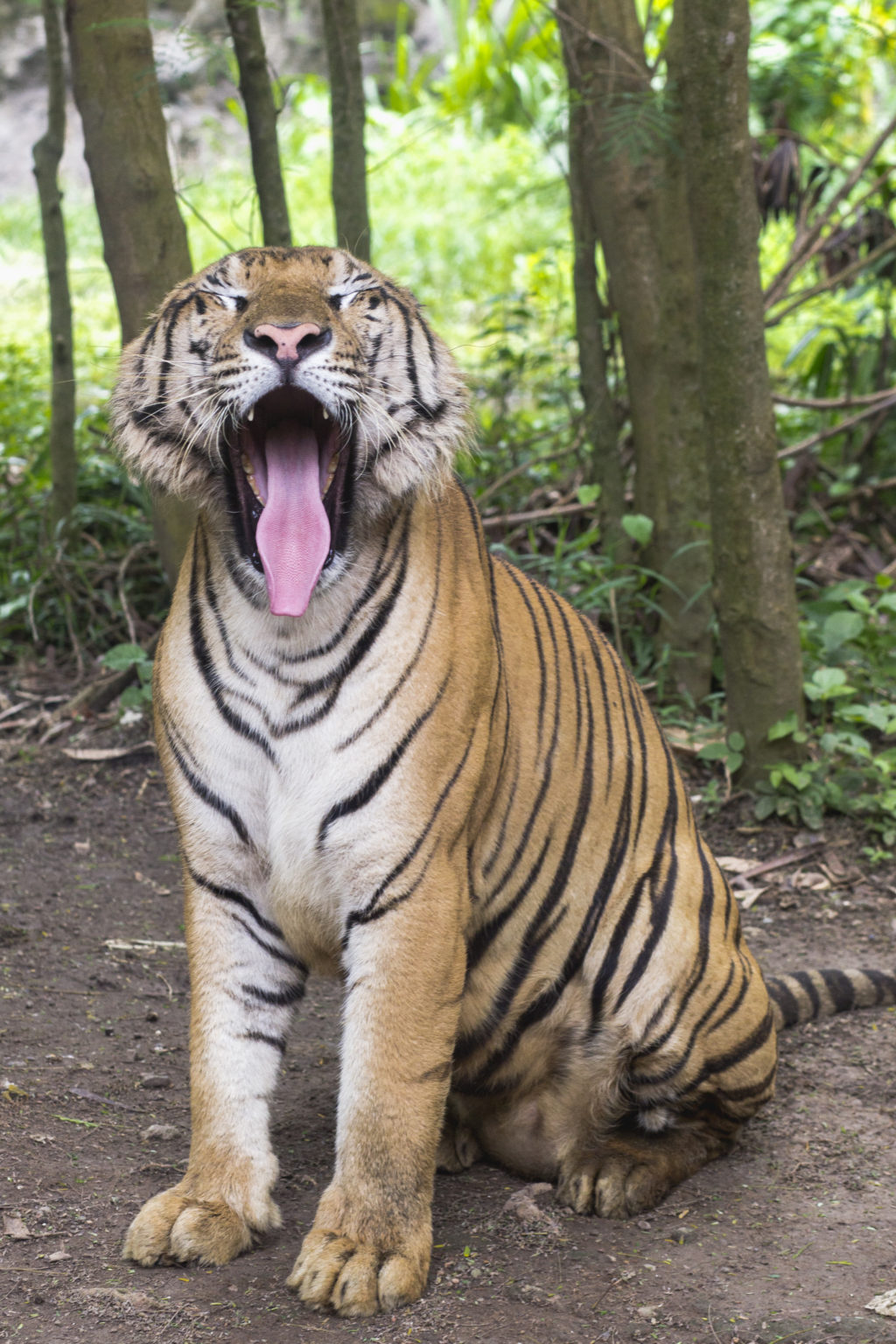A lot of photographers talk about adding emotion to a photograph. But what exactly does that mean and how can you do it? Basically, it means evoking an emotional response in the viewer and there are many tried and true ways to do that. Many of the ways in which you can add emotion to your photographs are via great composition.
Here are some easy ways to elicit a response, though there are literally hundreds of other ways.
1. Colour
There are certain colours and combinations of colours that (in general) can be used to evoke emotions. Colours like red and black are aggressive colours for example, and stressing them in a photo can make the photo more confrontational.

On the other hand, blue or green can be quite emotionally calming like in this serene coastal landscape.

2. Subject Matter
Some subjects just inherently provoke an emotional response in people. Take, for example, a spider. We have been conditioned to fear spiders and so a spider acting in an aggressive fashion by attacking the camera will generate a strong sense of fear in many people. Simply choosing a subject matter that is perceived as aggressive can help add emotion to a photograph.

3. Contrast
This one is related to colour, but using strong contrast in an image can help provoke strong emotion in the audience of the image. The viewer might have many different responses, but boredom is unlikely to be one of them. Strong contrast is an aggressive, threatening or looming element in an image just as weak contrast can be used as a calming element.

Notice how the lack of contrast makes this image more calming:

4. Expression
In much the same way that certain subject matter can evoke an emotional response, so can various human or animal expressions. A dark scowl can be menacing as can a roar from a tiger. Notice how the different expressions of the big cats below elicit a different from the viewer.
Cute…

Perhaps not so cute…

5. Use of Shadow
The simple application of strong or harsh shadow across a face (human or animal) tends to lend a lot of emotion to an image. There can be a lot of overlap with this strategy and that of contrast.

As you can see from many of the examples above, there are often many different facets at work in creating emotive images. Strong colours, contrast, expression and shadow can all be combined quite effectively. Now this is only a very brief overview of a few ways that you can add emotion to your images, but it is by no means exhaustive. Go out and try others! What are some of the elements that you use to add emotion to a photograph?
Further Reading:
- How To Create Amazing Compositions Simply By Using Color
- Take Your Composition To The Next Level With These 3 Advanced Composition Techniques
- 5 Free Guides on Five Composition Tools to Help You Compose Better Photos
- 5 Ways To Break The Rules Of Composition
- The Head Vs. The Heart: Why Composition Matters And By How Much
Further Learning: Advanced Composition
Getting photography composition right has always been the greatest challenge for the photographer. If you’d like to get better at photography composition and learn concepts that go beyond the basics, you should take a look at Kent DuFault’s guide to advanced composition.







5 Comments
Amazing Tips….Thank you.
brilliant.
Thanks for the tips…nice help!!
That vintage image isn’t calming. It’s creepy.
Love the lion photograph!